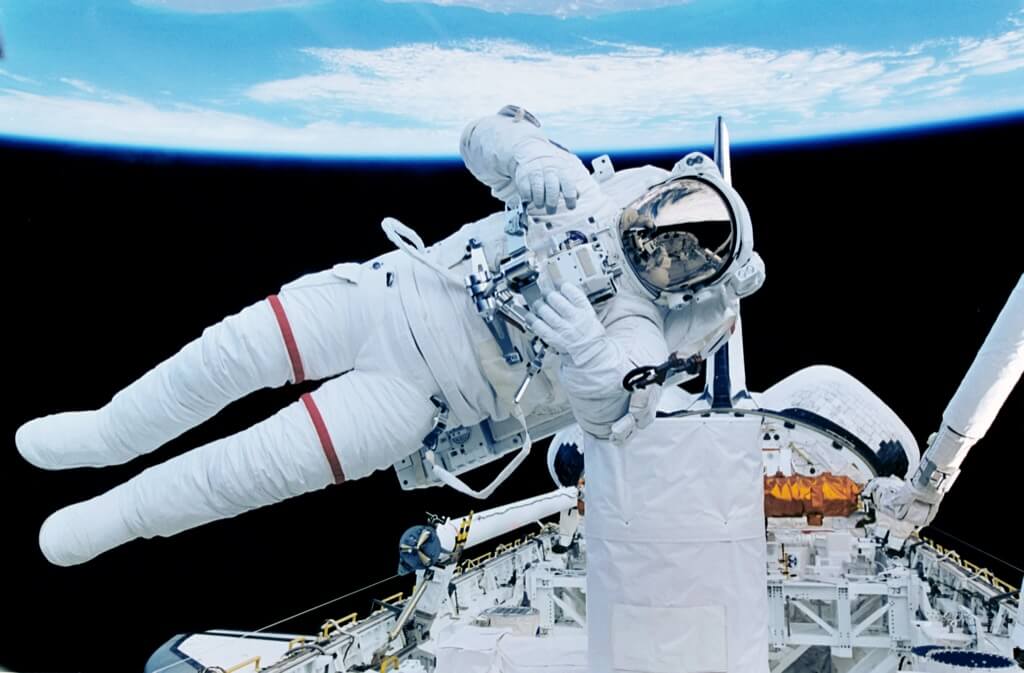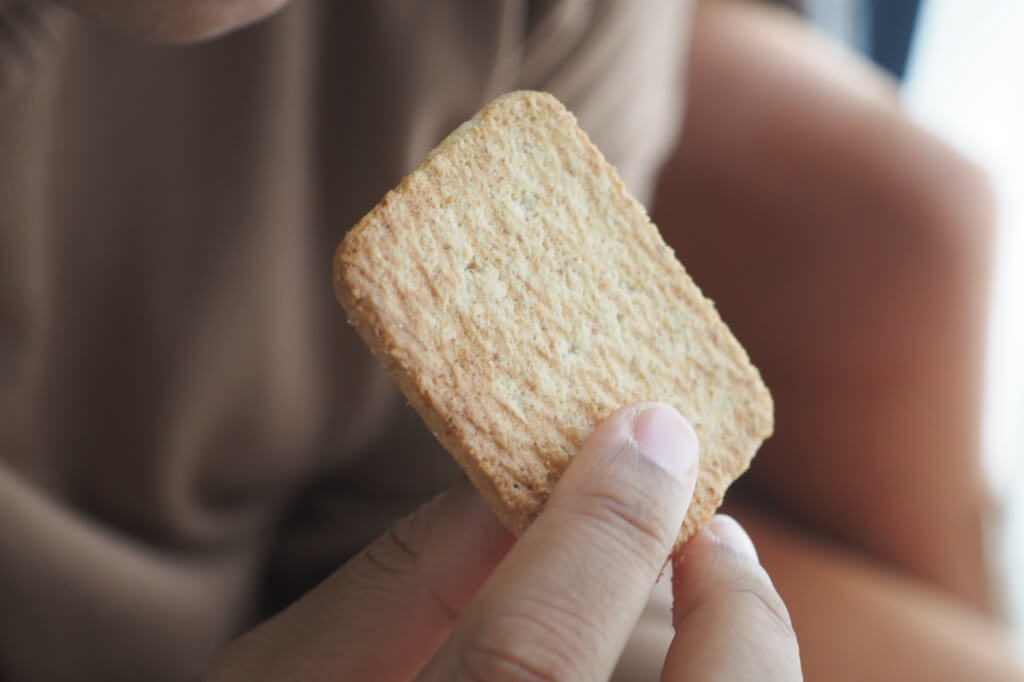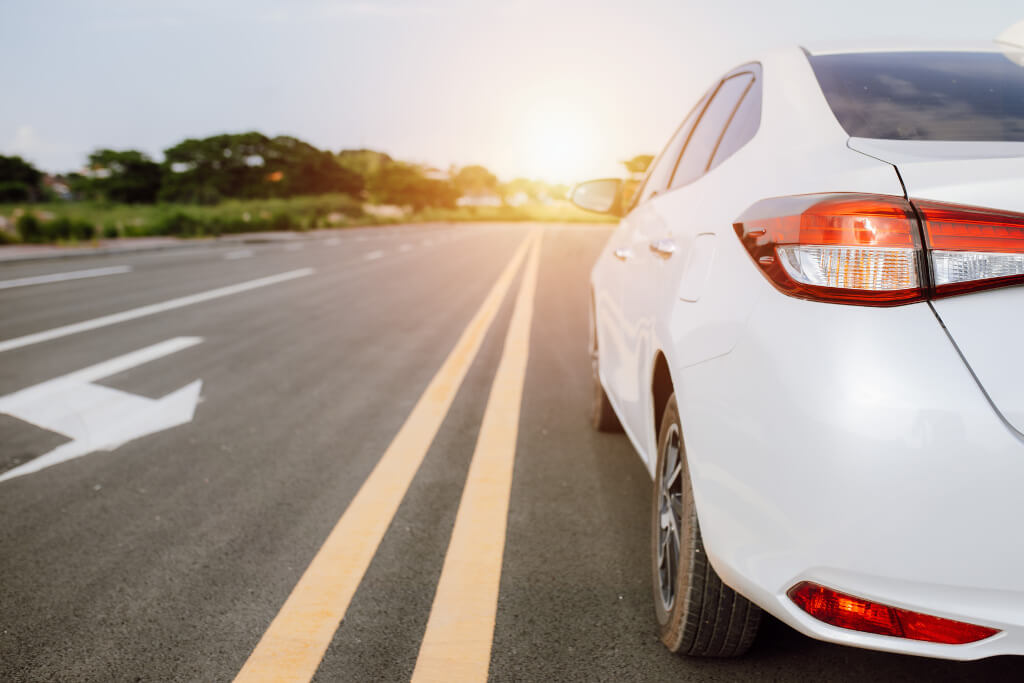Astronauts confront numerous challenges, many of which are far removed from the usual concerns of life on Earth. One of the more peculiar, yet utterly human, issues is dealing with itches. Since astronauts can’t use their hands inside their bulky space suits, they’ve developed some unique methods to scratch an itch.
Former astronaut Clayton Anderson describes the “shake, rattle, and roll” method as a go-to solution for itches that can’t be reached, particularly those not on the face. In the confines of a rigid space suit, astronauts learn to wiggle and maneuver their bodies in an attempt to find some relief. The suits, designed to protect and support life in the harsh environment of space, are not conducive to scratching. Beneath these suits, astronauts wear a liquid cooling garment, adding another layer between them and any potential relief from an itch.
Facial itches present a different kind of challenge. Astronauts often use the Snoopy Cap, a headgear equipped with a microphone and headphones, to scratch the lower part of their face. This technique, however, can sometimes displace the microphone, compromising communication quality. Another tool at their disposal is the Valsalva device, a foam piece attached to the spacesuit. Originally intended to help astronauts equalize ear pressure, it also serves as a makeshift scratcher. This method is not without its drawbacks, as using the Valsalva bump for scratching can transfer nasal discharge to the face.
Velcro, a material not invented by NASA but extensively used in space programs, offers another solution. For the Apollo missions, astronauts utilized Velcro to scratch facial itches. The material, typically used to secure parts of the space suit, was repurposed as an impromptu scratching tool. In some cases, astronauts must learn to endure itches by diverting their attention. The rigid nature of the space suit in the vacuum of space makes even small movements like bending fingers challenging. During spacewalks, which can last up to eight hours, astronauts focus on their tasks and the stunning views of Earth and space to distract themselves from the discomfort.
Spacewalking involves more than managing itches. Astronauts must also deal with bodily functions such as urination. For this, they use adult diapers designed for heavy absorption, a necessary yet often unmentioned aspect of space travel. The term ‘astronaut’ comes from the Greek words ‘astron’ (star) and ‘nautes’ (sailor), meaning ‘star sailor’. This poetic term captures the essence of their journey into space.
In the zero-gravity environment of Earth’s orbit, bodily fluids like sweat and tears behave differently. They tend to cling to surfaces, forming bubbles that can impair vision. This phenomenon poses unique challenges for astronauts, affecting their ability to see and work effectively. One of the more severe hazards in space is a coolant water leak. Astronaut Luca Parmitano experienced this firsthand when his helmet began filling with water during a spacewalk. The accumulating water posed significant risks to his ability to see, hear, speak, and even breathe. Such incidents highlight the critical nature of every aspect of space travel and the meticulous attention to safety required.
Spacewalkers apply anti-fogging chemicals to the inside of their face shields to prevent them from fogging up due to perspiration and body heat. However, this solution can create problems of its own. In 2011, astronaut Andrew Feustel got a drop of anti-fogger in his eye, causing severe discomfort and vision impairment. Unable to use his hands, he resorted to the Valsalva maneuver to alleviate the pain.
Sneezing in Space
Managing a sneeze in a space suit takes on a level of importance not seen on Earth. In the confined space of a helmet, a sneeze can lead to visibility issues, posing a safety risk during critical operations. This aspect of astronaut training underscores the comprehensive nature of space travel preparation, where even seemingly minor issues like sneezing are addressed to ensure the safety and effectiveness of missions.
The unique challenges of managing bodily functions like sneezing in space are compounded by the zero-gravity environment. This environment alters how bodily fluids behave, requiring astronauts to develop new reflexes and techniques. These adaptations are crucial for maintaining operational efficiency and personal comfort, further illustrating the complexities of living and working in space.
Astronaut training encompasses a wide range of scenarios, including managing sneezes in space. This comprehensive training prepares astronauts for the unforeseen challenges of space travel, ensuring they are equipped to handle various situations. The meticulous preparation highlights the thoroughness and precision required in astronaut training programs, preparing them for the rigors of space exploration.
Challenges of Itching in Space
Astronauts face a unique set of challenges when dealing with itches in space. The inability to use their hands due to the restrictive nature of space suits means they must find alternative ways to alleviate discomfort. Creative solutions such as using parts of the suit or the spacecraft’s interior demonstrate the ingenuity required to solve even the simplest problems in space.
Astronauts have developed several innovative methods to scratch itches in space. These include using internal components of the spacesuit, like the Snoopy Cap or valsalva device, as well as repurposing materials like Velcro. These techniques underscore the need for adaptability and quick thinking in the unique environment of space.
Sneezing in a spacesuit presents its own set of difficulties. With limited space and the risk of obscuring the helmet’s visor, astronauts must learn to control and direct their sneezes. This seemingly minor issue becomes significant in the context of space missions, where visibility and communication are critical. The zero-gravity environment of space adds complexity to managing bodily functions. In microgravity, fluids like tears and sweat behave differently, clinging to surfaces and potentially causing discomfort or vision problems. Astronauts must adapt to these changes, learning new ways to manage these functions while carrying out their duties.
Astronaut training covers a wide array of scenarios, including managing bodily functions in space. This training is vital for preparing astronauts to handle the challenges they may face, ensuring they can perform effectively and safely. The rigorous preparation also highlights the importance of addressing all aspects of human physiology in the context of space travel.
What You Didn’t Know About Daily Tasks In Space
- Astronauts sleep in sleeping bags attached to walls or ceilings to prevent them from floating around. They often work in shifts to ensure that someone is always monitoring the spacecraft’s systems.
- To combat muscle atrophy and bone density loss in microgravity, astronauts spend about two hours each day exercising on specialized equipment, including treadmills and resistance machines.
- Traditional showers are not possible in space. Instead, astronauts use rinseless wipes and no-rinse shampoo. Their laundry can’t be washed, so they wear their clothes several times before discarding them.
- Meals in space are mostly freeze-dried or vacuum-packed. Astronauts rehydrate and heat these meals before eating. They use magnetic utensils to prevent them from floating away and have to be careful with crumbs, which can float and damage equipment.
- During their free time, astronauts can watch movies, read books, play music, and even occasionally watch live sports events. They also have the opportunity to speak with their families via video or audio calls.
- As part of ongoing experiments, astronauts have successfully grown lettuce and other small vegetables in space. This research is crucial for long-term missions to Mars or the Moon.
- Water is a precious resource in space. Astronauts recycle almost all the water on the space station, including moisture from their breath and urine. The recycled water is purified to a very high standard, making it safe to drink.
- It takes time for astronauts to adjust to microgravity. This adaptation can cause space motion sickness, disorientation, and a shift of bodily fluids towards the head, often resulting in a puffy face.
- Astronauts are exposed to higher levels of radiation in space. They wear dosimeters to monitor exposure, and the space station is equipped with shielding to reduce the amount of radiation that reaches them.
- Apart from maintaining the spacecraft, astronauts spend a significant amount of time conducting scientific experiments. These experiments range from studying the effects of microgravity on the human body to testing new technologies for future space exploration.
The daily life of astronauts in space encompasses a variety of unique and intriguing challenges. Astronauts’ experiences, from exercising to maintain physical health to recycling water for sustainability, paint a vivid picture of the extraordinary measures taken to thrive in space.




